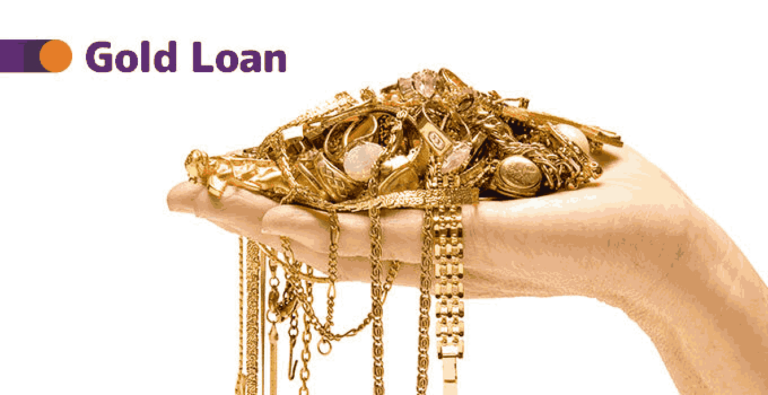
Table of Content
Have you ever wondered what makes the gold jewelry you see in stores and online so shiny and valuable? The answer lies in the percentage of pure gold, referred to as karats (K), present in a piece of jewelry. Generally, gold is found in two common forms: 24K (also known as 24 carat) and 22K (or 22 carat).
Gold is a precious metal obtained from the Earth’s crust through mining. It is then purified to obtain the desired purity level before being crafted into jewelry pieces such as rings, bracelets, necklaces, earrings, etc. In order to understand what sets these two varieties apart from each other, it helps to have a better understanding of how gold is measured.
Keep reading as we explore the difference between 22 karat and 24 karat gold, how each is used in jewelry-making, and the pros and cons of both.
The number that accompanies the ‘K’ in gold stands for the karat value of a particular piece. It is used to measure the purity and quality of gold jewelry, from 10K or 417 parts per thousand up to 24K with 999.9 parts per thousand. The higher the karat value, the more pure gold content a particular item has.
In other words, it can be said that karats are a unit of measurement used to define how much pure gold is present in an alloyed piece of jewelry. For example, 18K gold contains 750 parts per thousand of pure gold out of 1000 milligrams (mg). Therefore, it can also be referred to as 750/1000 or 75% pure gold.
When purchasing gold jewelry it is important to understand that the higher the karat value, the more expensive a piece will be and vice versa. So when assessing your budget, it pays to consider how much you’re willing to spend on a particular item before settling on a choice.
24K gold is the purest form of gold available with a fineness of 999.9 parts per thousand or 99.99% pure gold content. This means that out of 1000 milligrams (mg), 999.9 mg will consist of gold while 0.1 mg will come from other metals such as silver, copper, zinc, etc., which are also found in jewelry pieces for added strength and durability.
The yellow color that we associate with gold comes from this purity level; therefore 24K gold has a distinctively rich yellow hue. It is used on special occasions or to craft collector’s items as it has the highest gold content and value compared to other types of gold jewelry.
On the other hand, 22K gold contains 91.6% pure gold (916 parts per thousand) with the remaining 8.4% composed of other metals such as iron, copper, silver, etc. This alloy is usually used for regular-wear jewelry pieces since it has more durability than 24K but still retains its golden color and shine.
The easiest way to determine whether the gold jewelry you have purchased is real is to check its karat value and hallmarks. The karat value will be imprinted or stamped on the item such as “18K”, “22K” or “24K”. Additionally, most countries have a hallmark system in place that requires gold pieces to bear an official mark of authenticity. In India for example, gold jewelry must bear a BIS hallmark to be considered genuine.
BIS stands for Bureau of Indian Standards, which is a government organization set up to regulate and monitor the quality of goods sold in India. The hallmark will indicate details such as purity, manufacturer’s name, logo, etc., allowing consumers to verify the authenticity and quality level of the item.
Gold pieces that lack either of the above-mentioned markings are likely to be fake and should not be trusted. In these cases, it is recommended to have them verified by an experienced jeweler or at a reputable laboratory before making any purchases.
When it comes to investing in gold, 24K gold is generally considered the best option due to its purity level and higher gold content. However, it may not always be feasible if one’s budget does not allow for such a purchase. In these cases, 22K gold can also be a good option since it still has high value while being more affordable than 24K.
The key when investing in gold is to choose pieces that are of good quality and bear the necessary hallmarks or certification of authenticity. It is important to remember that jewelry with a lower karat value will contain fewer parts per thousand of pure gold, making them of lesser value compared to higher karat varieties. Therefore, when selecting an item for investment purposes, it is wise to always opt for the highest karat value available within your budget.
24K and 22K gold are both popular types of jewelry that have distinct features and benefits. By understanding how gold is measured in karats, what sets these two varieties apart, and their pros and cons, one can make an informed decision when purchasing jewelry pieces. Knowing which type of gold to invest in also requires careful consideration as each option carries its own advantages and disadvantages depending on the individual’s needs.
For those seeking further information, feel free to reach out to a trusted jeweler or laboratory who will be able to provide more insight into what makes each variety unique.
![]() IIFL Customer Care Number
IIFL Customer Care Number
(Gold/NCD/NBFC/Insurance/NPS)
1860-267-3000 / 7039-050-000
![]() IIFL Capital Services Support WhatsApp Number
IIFL Capital Services Support WhatsApp Number
+91 9892691696
IIFL Capital Services Limited - Stock Broker SEBI Regn. No: INZ000164132, PMS SEBI Regn. No: INP000002213,IA SEBI Regn. No: INA000000623, SEBI RA Regn. No: INH000000248, DP SEBI Reg. No. IN-DP-185-2016, BSE Enlistment Number (RA): 5016
ARN NO : 47791 (AMFI Registered Mutual Fund & Specialized Investment Fund Distributor), PFRDA Reg. No. PoP 20092018

This Certificate Demonstrates That IIFL As An Organization Has Defined And Put In Place Best-Practice Information Security Processes.